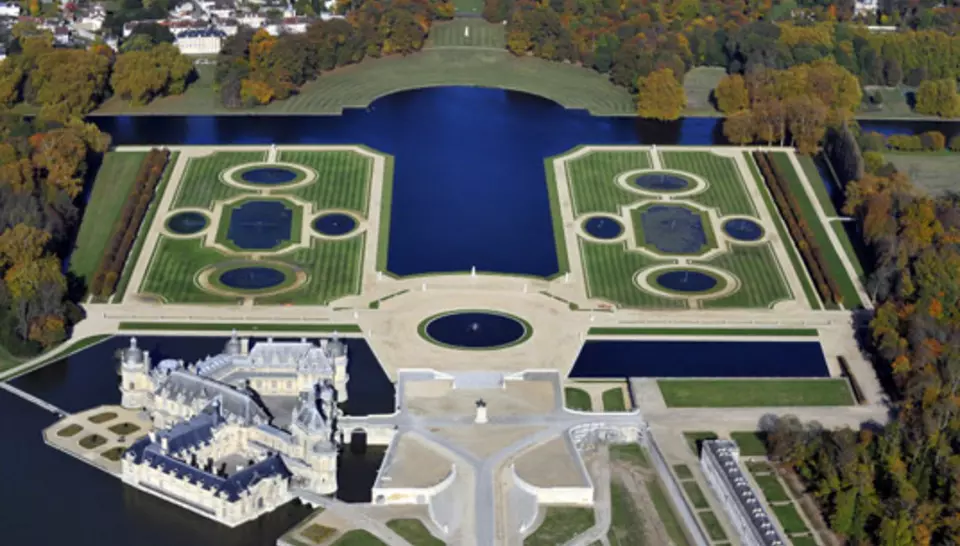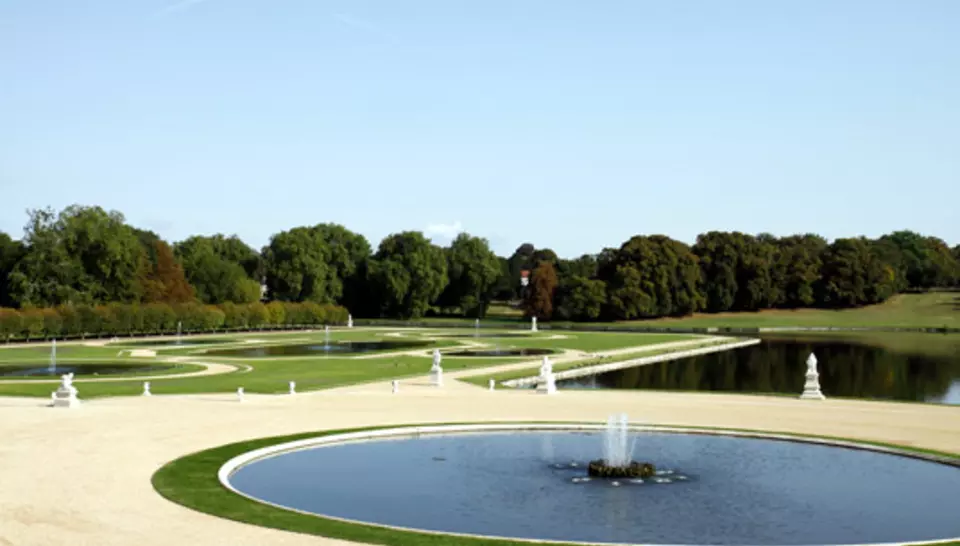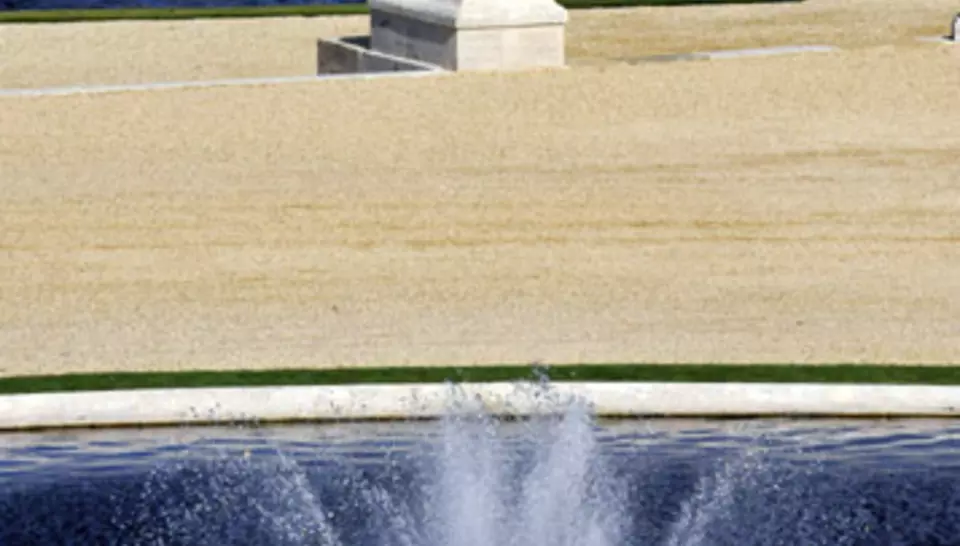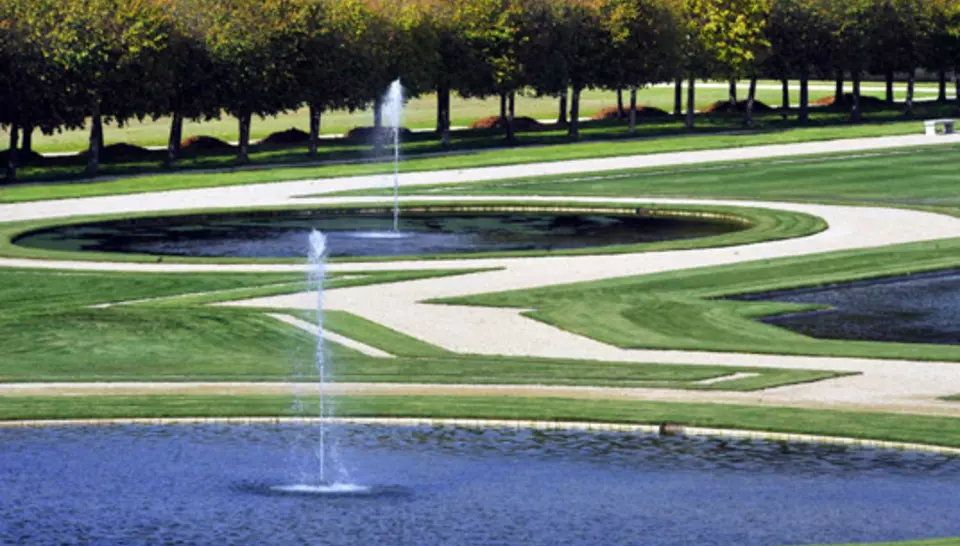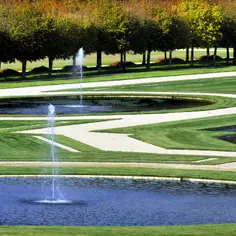
Environment and Biodiversity
Place
Chantilly, France
Grant(s)
200,000 € to the Board of Administration at 2005/05/31
Project leader
Domaine du château de Chantilly
From the history books...
In 1830, Henri d'Orléans, the duc d'Aumale (1822-1897), son of King Louis-Philippe, inherited Chantilly from his great uncle, the prince of Condé, at the tender age of eight.
The chateau had been razed to the ground after the Revolution so he undertook to have it rebuilt in order to house his collections of books, paintings, drawings, objets d'art, etc. Having no heir, the duc d'Aumale left the estate to the "Institut de France" on his death in 1886, leaving strict instructions that no part of the estate was to be sold.
The Chantilly estate is an important part of France's natural, architectural and cultural heritage. the chateau houses the splendid Condé museum as well as a library filled with thousands of valuable books. Not to mention the extensive 18th century stables, the racecourse and the 7,800 hectares of forest and parkland, including a garden designed by Le Nôtre.
Water displays for the garden's north parterre
However, the estate's current revenues (220,000 visitors to the chateau every year, 100,000 visitors to the grounds, leasing of the racecourse to France Galop, exploitation of 6,000 hectares of forest by the ONF) are insufficient to balance the budget, far less carry out essential maintenance and renovation work.
The Chantilly estate is able to rely on assistance from a foundation especially set up by Prince Karim Aga Khan IV, to the tune of 70 million euros over ten years. Its objectives? Make the necessary expenditure (consolidate the castle's foundations and upgrade of the hydraulic system) and initiate an appropriate commercial strategy (improve security at the museum, services for visitors and the overall appeal of the site with a view to drawing in 600,000 visitors annually).
It is in the context of this work that another project has emerged: restoration of the hydraulic system for the water displays in the north parterre designed by Le Nôtre.
The great originality of this garden resides in the gravity operation of the water displays. The ten basins or mirrors, the spray, the fountains, were in fact supplied without any machinery by an underground aqueduct, running from the environs of Senlis, which fed the jets of the mirrors, gushing up to over 5 meters.
This project, realized between 2005 and 2009, has been approved by the ministry of culture and the directorate of historic monuments. The aim was to restore the supply circuit of the various basins as closely as possible to the original design. After the length of aqueduct was restored, a surface water pumping station was installed next to the hexagon to supply the aqueduct at the entry of the estate. This now supplies the river basins directly and, via the king's basin, a sort of miniature water tower, the jets of the mirrors and of the spray. After more than three centuries, it was necessary to try to emulate the ingenuity of Monsieur Le Nôtre. A truly ambitious mission despite modern techniques, easy historical research, observation in the field and the skills of all involved!
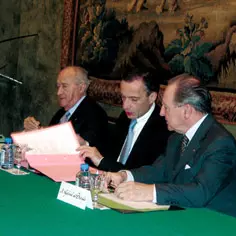
The French state, public institutions and the Chantilly estate covered approximately a third of the expenditures with the assistance of the Aga Khan Foundation.
And the Veolia foundation decided to assist this major natural heritage restoration project with a grant of 200,000 euros. These contributions have helped breathe new life into the water displays and Le Nôtre parterres, inaugurated on 20 September 2009, for France's National Heritage Day.


